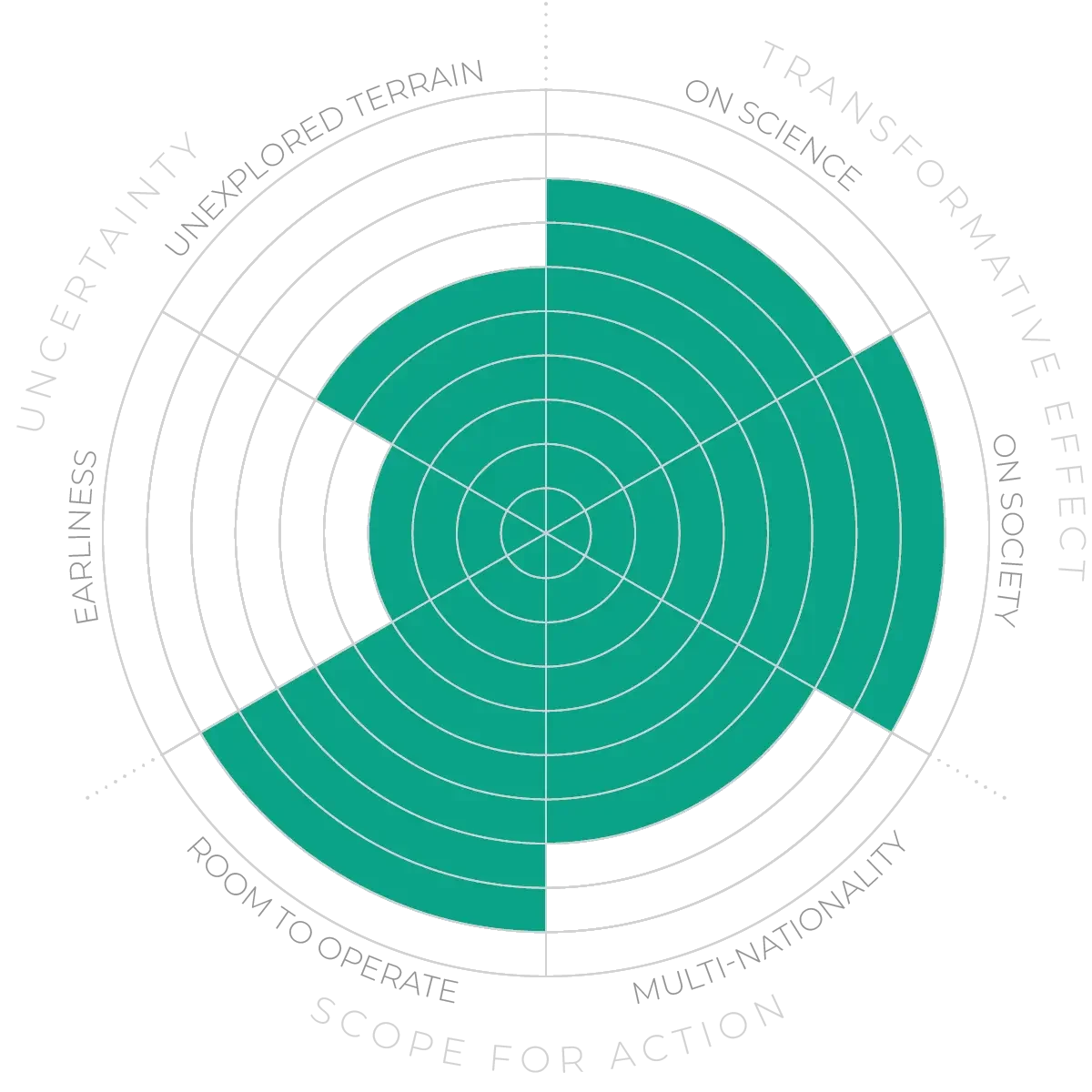Future Horizons:
10-yearhorizon
NETs begin to scale
25-yearhorizon
Carbon capture becomes a widely-used technology
Some NETs are Natural Climate Solutions. Reforestation can be a NET, because trees take carbon dioxide from the air. Other natural climate solutions include restoring wetlands and kelp forests, which are also carbon sinks. Natural climate solutions could mop up at most 23.8 Gt GtCO2 per year.28
Other NETs are highly artificial. Enhanced weathering entails crushing minerals into powder, which reacts with CO2 and water to form a new mineral that can be used or buried. Lime can be thrown into the ocean to react with dissolved CO2 to produce calcium carbonate that sinks to the seabed.
Direct Air Capture (DAC) uses machines that contain chemical “sponges”, which draw CO2 out of the air. This CO2 can be sequestrated in underground repositories such as aquifers or depleted oil and gas reservoirs. Alternatively, it can be converted into fuels, fertilisers or construction materials – though this does not necessarily reduce emissions.
All these technologies face problems of scale, cost and geopolitics, and all require certifications and proof of long-term reliability for the market to “trust” them.
Negative emissions technologies - Anticipation Scores
The Anticipation Potential of a research field is determined by the capacity for impactful action in the present, considering possible future transformative breakthroughs in a field over a 25-year outlook. A field with a high Anticipation Potential, therefore, combines the potential range of future transformative possibilities engendered by a research area with a wide field of opportunities for action in the present. We asked researchers in the field to anticipate:
- The uncertainty related to future science breakthroughs in the field
- The transformative effect anticipated breakthroughs may have on research and society
- The scope for action in the present in relation to anticipated breakthroughs.
This chart represents a summary of their responses to each of these elements, which when combined, provide the Anticipation Potential for the topic. See methodology for more information.



